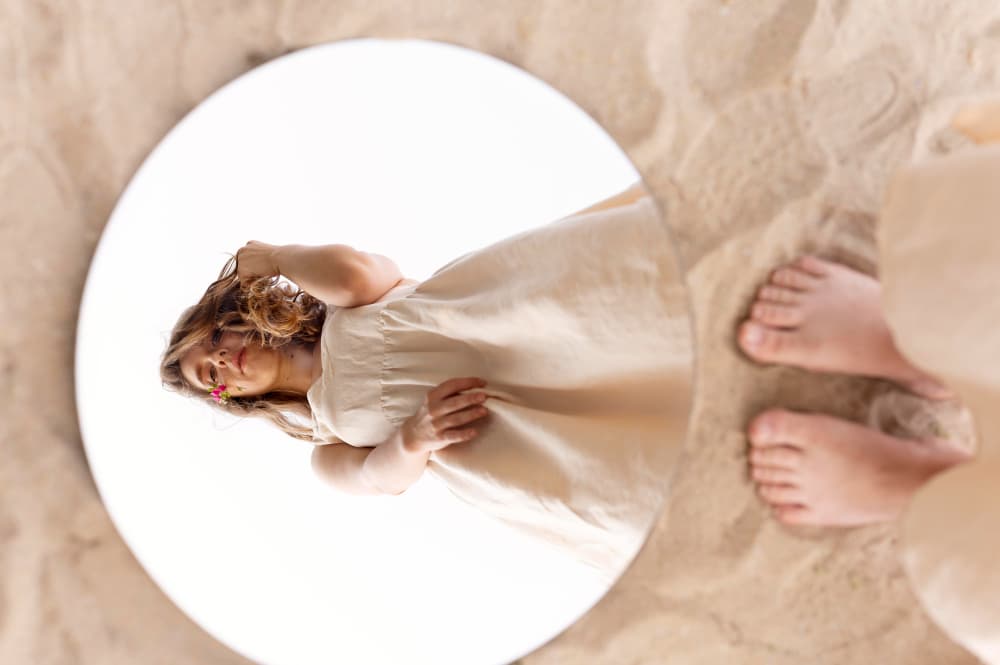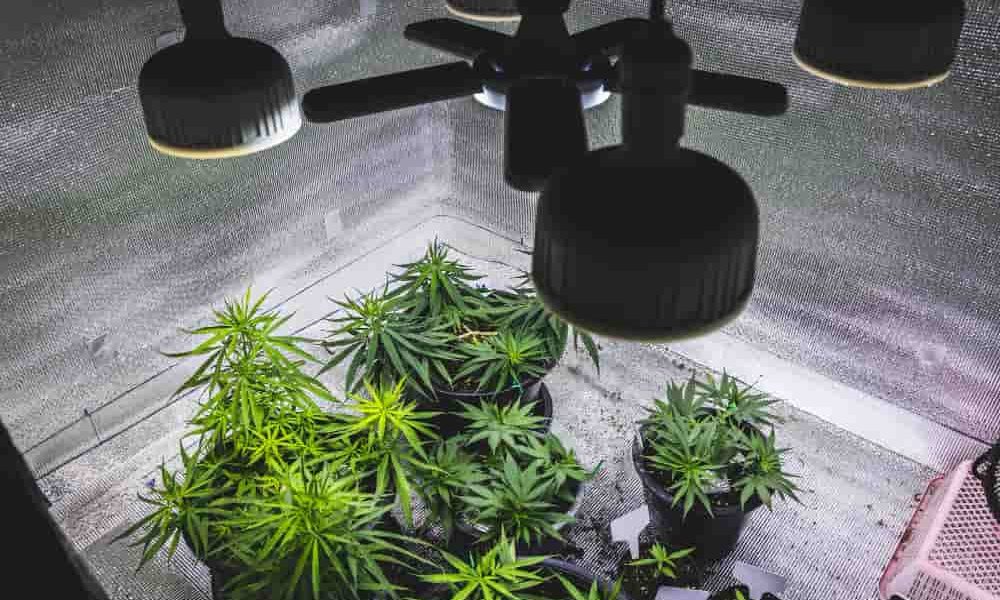
Discover the fascinating process of mirror manufacturing, from the choice of glass to the final finish, in this detailed article.
Mirrors are fascinating objects that have captured the human imagination for centuries. They are not only essential in daily life but also play a crucial role in various fields. like science, decoration and art.
In this article, we will explore the detailed process of how mirrors are made, offering a complete overview from its beginnings to the final product.
The magic behind the reflection
Since its invention in antiquity, mirrors have gone through a notable evolution. The first mirrors were polished metal surfaces such as bronze, used to reflect images with limited clarity.
Over the centuries, different materials and techniques have been experimented with, from the use of precious metals in ancient Mesopotamia until the arrival of mirrors glass in the Middle Ages. For this purpose, take a look at our other post, about how glass is made.
Nowadays, thanks to technological advances, how to make mirrors has been radically transformed, allowing the production of mirrors with a clarity and precision never seen before.
These advances have not only improved the quality of mirrors, but have also expanded their applications, making them essential items in everyday life and in various professional fields.
Making mirrors step by step
Choice of base material
The manufacture of a mirror begins with the selection of the base material which in most cases is glass. Glass is chosen for its transparency, hardness and ease of handling essential qualities for a good mirror.
Depending on the type of mirror and its application, you can choose between different types of glass such as float glass or tempered glass, each with specific properties that affect the final reflection.
Glass is cut and molded into the desired shape and size, often by automated processes and high precision, to guarantee the uniformity and quality of each mirror.
Cleaning and surface preparation
The cleaning and preparing the glass surface It is a crucial stage in how to make mirrors. They are used specialized chemical solutions to remove any residue of dust, grease or impurities.
This meticulous cleaning ensures that the glass surface is perfectly prepared to receive the reflective layer since any particle or stain can significantly affect the quality of the final reflection.
Reflective coating application
The heart of the mirror manufacturing process is application of reflective layer. Historically, metals were used as silver or aluminum for this layer.
Currently, advanced techniques such as “chemical silver” and the “sputtering” They are used to deposit these metals on the surface of the glass.
Chemical plating process
He chemical silver involves a chemical reaction in which silver salts They are reduced and deposited uniformly on the glass surface. This method is known for its high efficiency and capacity to produce a reflective layer of excellent quality.
sputtering technique
He sputtering on the other hand, is a more process modern and sophisticated, performed in a vacuum environment. In this method, metal particles are projected onto the surface of the glass, forming a thin, uniform layer.
This technique is ideal for applications that require a high accuracy and quality in the reflection, as in the manufacture of mirrors for scientific or technical purposes.
Reflective layer protection
After applying the reflective layer, it is essential to add a protective layer to safeguard the integrity of the mirror. This layer, generally composed of paint or lacquer, is applied to the back of the mirror. Its function is to protect the metal coating from possible damage and corrosion, thus ensuring the longevity and durability of the mirror.
Various applications and customization
Mirrors are not only limited to their function of reflecting images.
In the industry, play fundamental roles in optical devices, scientific instruments and telescopes, as well as in interior decoration and architecture. The mirror customization It is another important facet of its manufacturing.
With current technology, mirrors can be adapted in shape, size and type of frame attending to the specific needs of the client or project.
This ability to customize not only makes mirrors more versatile, but also allows them to integrate harmoniously into any environment or design.
Reflecting innovation and precision
Mirror manufacturing is a process that combines art and science, reflecting innovation and technological precision. From glass selection to reflective coating application, Each step is crucial to ensure the quality and functionality of the mirror.
With their various applications and customization possibilities, mirrors not only serve to see ourselves, but are windows to creativity and essential tools in many fields of science and art.
Ultimately, mirrors are more than just objects: they are testimonies of human evolution and constant search for perfection and beauty.







